Cinema is always evolving, and for good reason. What is fresh and exciting today will be pale and stale tomorrow. The more that filmmakers look to find new ways to tell stories, the more they need to break with tradition. With that break often comes bold new films that not only give audiences something different but forge new paths for future filmmakers to follow (until they too decide to stray). This is how landmark movies are made.
While there truly aren’t any hard and fast rules when it comes to how movies are made, that hasn’t stopped many filmmakers from sticking to the formula laid out by their predecessors. There are those who refuse to follow convention, however, and whether those filmmakers break the established rules out of rebellion or mere naïveté, the result is something that audiences haven’t seen before. These are ten movies that threw out the rule book and made it work, resulting in daring and one-of-a-kind projects that greatly enrich cinematic conventions.
10
‘Un Chien Andalou’ (1929)
Directed by Luis Buñuel
Best known for its depiction of a woman’s eye being cut with a razor blade, Luis Buñuel‘s surrealistic masterpiece Un Chien Andalou doesn’t make sense, and that’s exactly the point. Eschewing narrative clarity for the dream logic, Buñuel’s classic short film, which he co-wrote with the famous artist Salvador Dalí, is merely seventeen minutes of loosely connected imagery that is often unsettling and disturbing.
One of the earliest surrealist films, Un Chien Andalou pushed against the young industry’s adherence to telling cohesive, coherent stories on film. Buñuel would make a career out of these kinds of boundary-pushing films, but his first foray is still one of the most impactful, with its images appearing in just about every comprehensive history of filmmaking, and it is used as a lesson in film classes across the world. Long before filmmakers like David Lynch or Alejandro Jodorowsky, Buñuel was showing Hollywood that there was more than one way to tell a story.
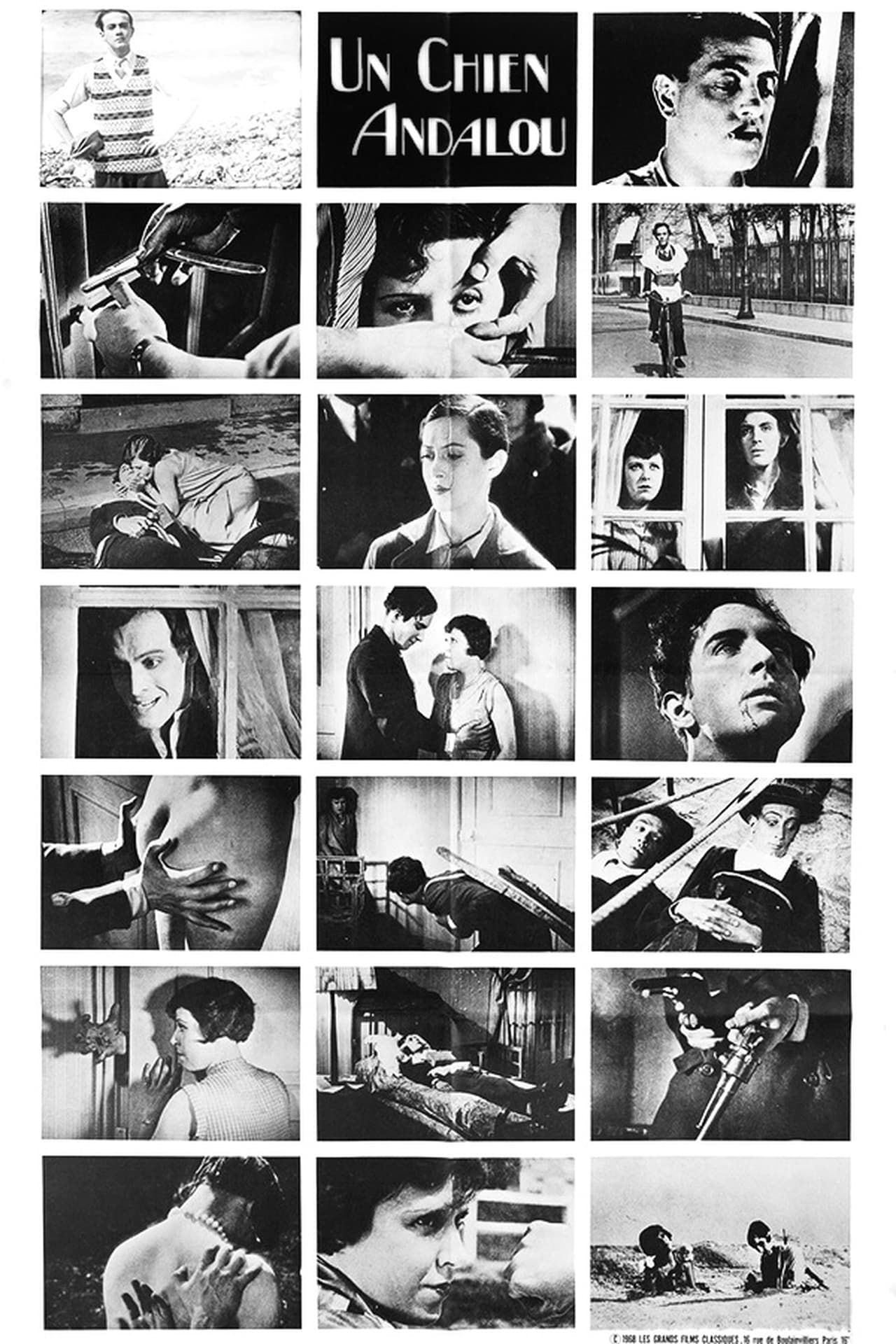
Un Chien Andalou
- Release Date
-
June 5, 1929
- Runtime
-
16 Minutes
- Director
-
Luis Buñuel
9
‘Citizen Kane’ (1941)
Directed by Orson Welles
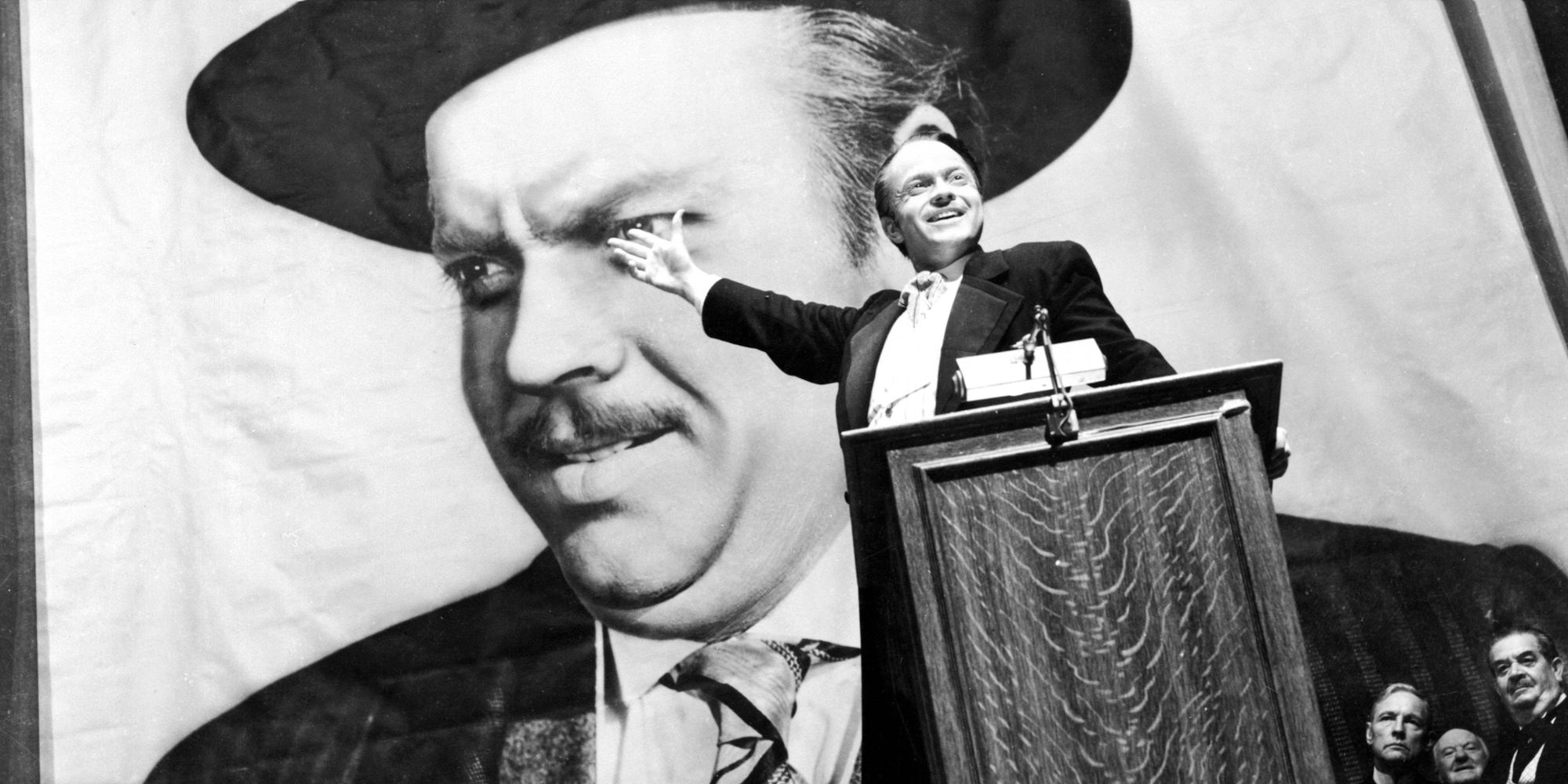
Long considered one of the most essential films ever made, Orson Welles‘ Citizen Kane refuted the notion that a narrative needed to be linear. Focusing on newspaper magnate Charles Foster Kane (a composite character of real-life figures, most notably William Randolph Hearst), the film begins with his death and then tracks his rise to power through flashbacks. Given creative freedom for his first film, the theater-trained Welles admitted that much of his confidence in making such a bold film came from sheer ignorance of the medium.
In addition to breaking with narrative tradition, Welles also employed a number of unique techniques in editing, deep-focus cinematography, and lighting. While many of the techniques had been employed, in part, by other filmmakers before him, the legendary director synthesized them all together to deliver a rule-breaking classic whose influence has echoed through decades of films.
8
‘Breathless’ (1960)
Directed by Jean-Luc Godard

Another technique employed by Welles in his masterpiece was the jump cut. This editing technique was used in a variety of films, both before and after Citizen Kane, often to depict the passage of time. Still, it wasn’t until Jean-Luc Godard‘s seminal French New Wave film Breathless that it began breaking the rules of continuity. Telling the story of a French criminal who models himself after American gangster movies, and inspired by the editing within the docufiction film Moi, un noir, Godard used abrupt editing transitions as a means of keeping his film economical.
The frenetic style of editing set the table for hundreds of films to follow in Godard’s footsteps, and the use of the jump cut is still incredibly prevalent, not only in feature films but also in commercials and music videos. Godard is synonymous with greatness among cinephiles, and the influence of his work trickled down through New Hollywood and into each subsequent generation of filmmakers. While that impact is far more comprehensive than mere editing tricks, the jump cut is the cleanest example of why Godard is so totemic among filmmakers, who continue to pay homage to him and his part in the French New Wave.
7
‘Psycho’ (1960)
Directed by Alfred Hitchcock
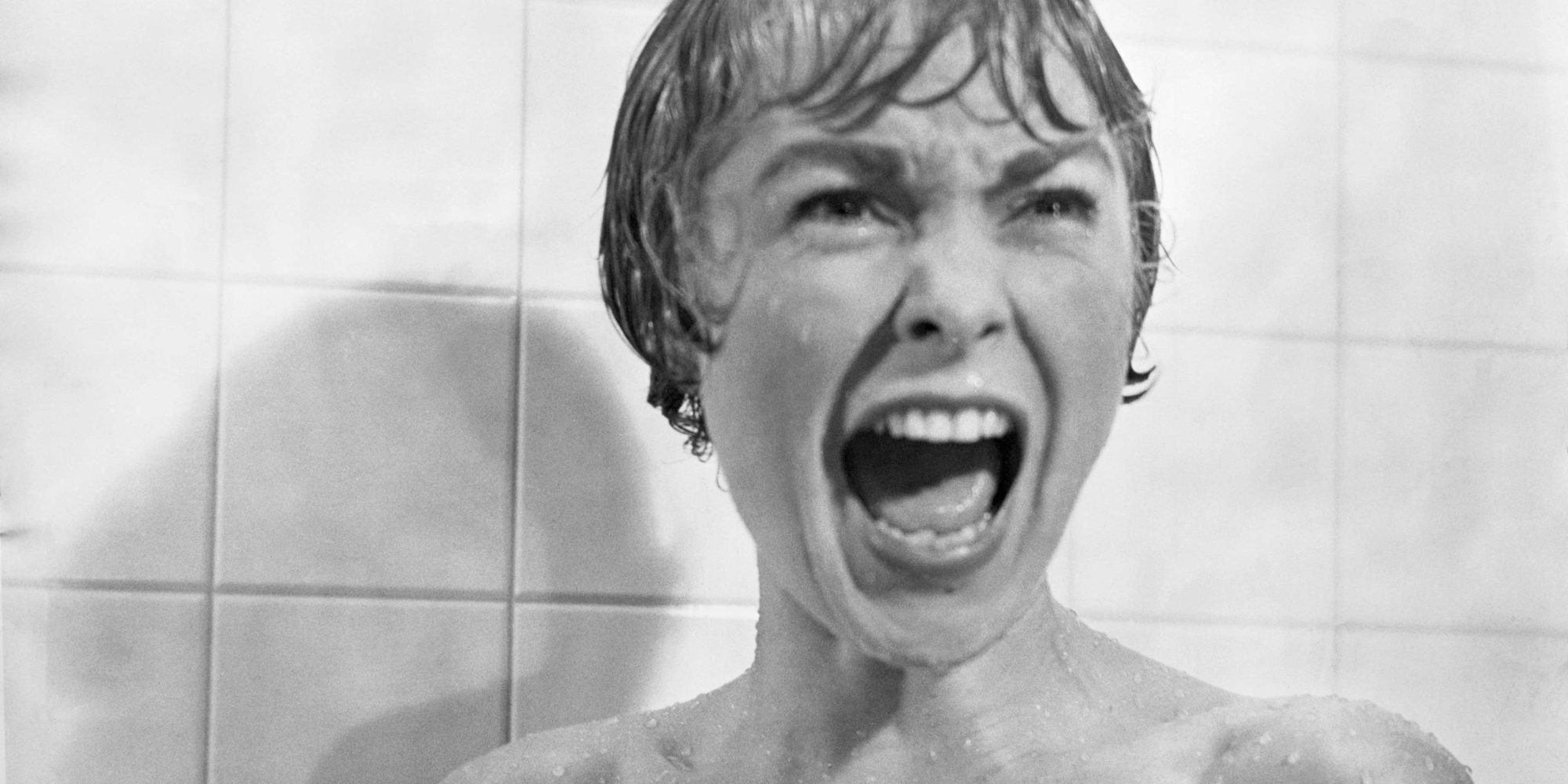
Godard was a notable supporter of several more traditional filmmakers, including master of suspense Alfred Hitchcock, who in the same year as Breathless broke rules with the game-changing horror movie Psycho. The film begins like any standard thriller, with Janet Leigh‘s Marion Crane going on the run after stealing money from her employer. Sheltering from the rain, the young protagonist stops in at the Bates Motel, and after an awkward sandwich dinner with the proprietor, Crane decides to take a shower.
The death of the ostensible lead character in Hitchcock’s film not only shocked audiences but also broke new ground for the horror genre. In addition to the shocking twist, Psycho also pushed the boundaries of sexual content and violence on film, including the first mainstream instance of a flushing toilet shown on screen (shudder). Bringing horror out of the dark ages and into the harsh modern daylight, Hitchcock is often credited with the creation of the slasher subgenre, and he did it by breaking the rules in one of the most culturally significant horror films ever made.
6
‘Night of the Living Dead’ (1968)
Directed by George A. Romero
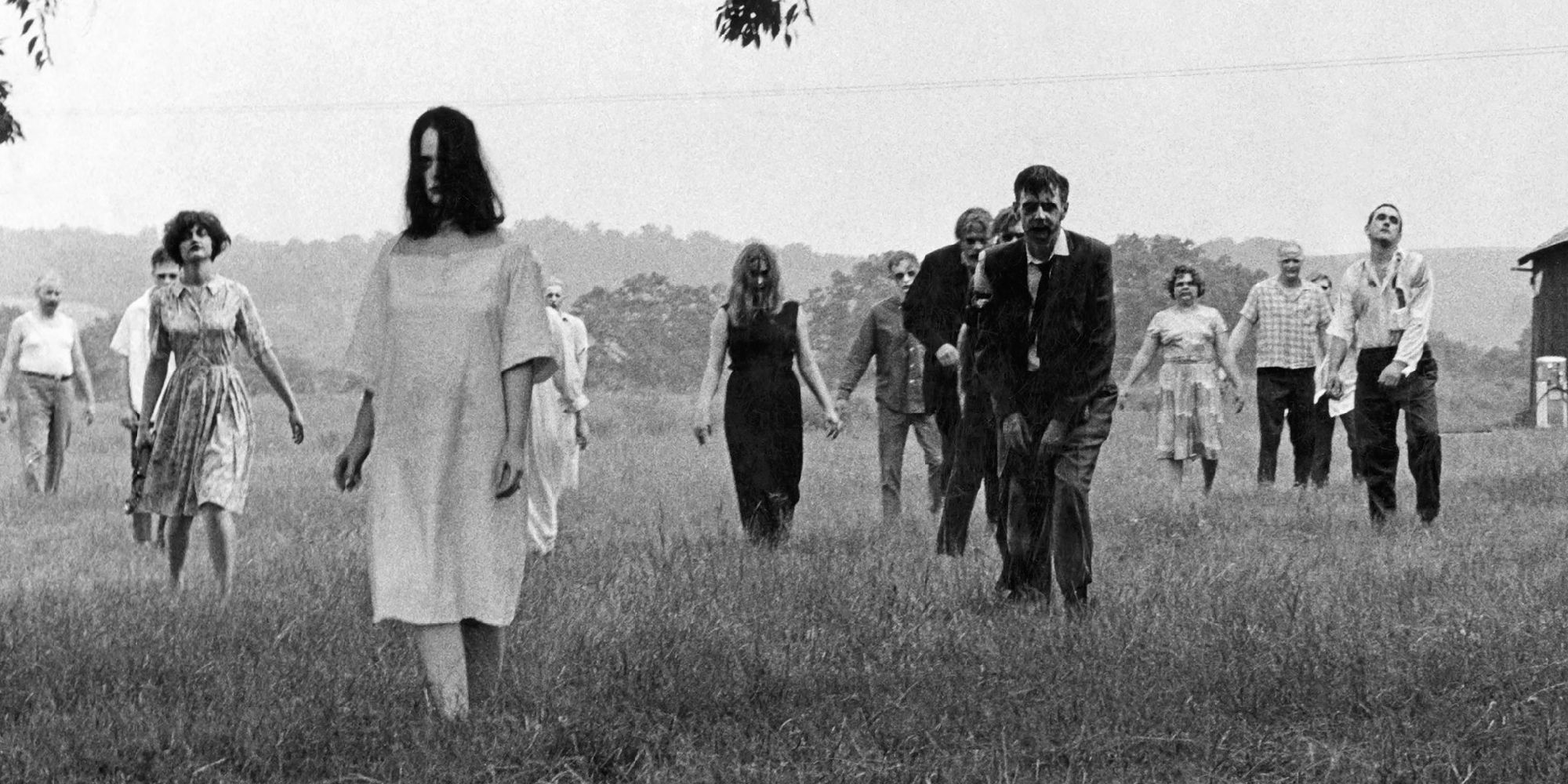
If Psycho broke the rules from within the system using a moderate amount of blood, George A. Romero‘s essential zombie film Night of the Living Dead did it from the outside and with buckets of guts. A true independent film, Romero shot the horror classic on a low budget in an abandoned farmhouse, and his liberal depiction of gruesome flesh-eating was both controversial and revolutionary. Inspired by Richard Matheson‘s post-apocalyptic novel I Am Legend, Romero set out to make a simple, small-scale film depicting the beginning of the end of the world, and in the process defined the modern zombie.
Without Romero, audiences wouldn’t have the zombie subgenre as it exists today, and as much as the film feels a product of the rising social unrest of the late ’60s, it also remains a timeless horror movie. From the gore to the bleak ending to the prominent casting of Black actor Duane Jones in the lead role, Night of the Living Dead plowed over every established rule it came in contact with, establishing Romero as a new voice of horror and opening the door for many more to come.
5
‘Sweet Sweetback’s Baadasssss Song'(1971)
Directed by Melvin Van Peebles
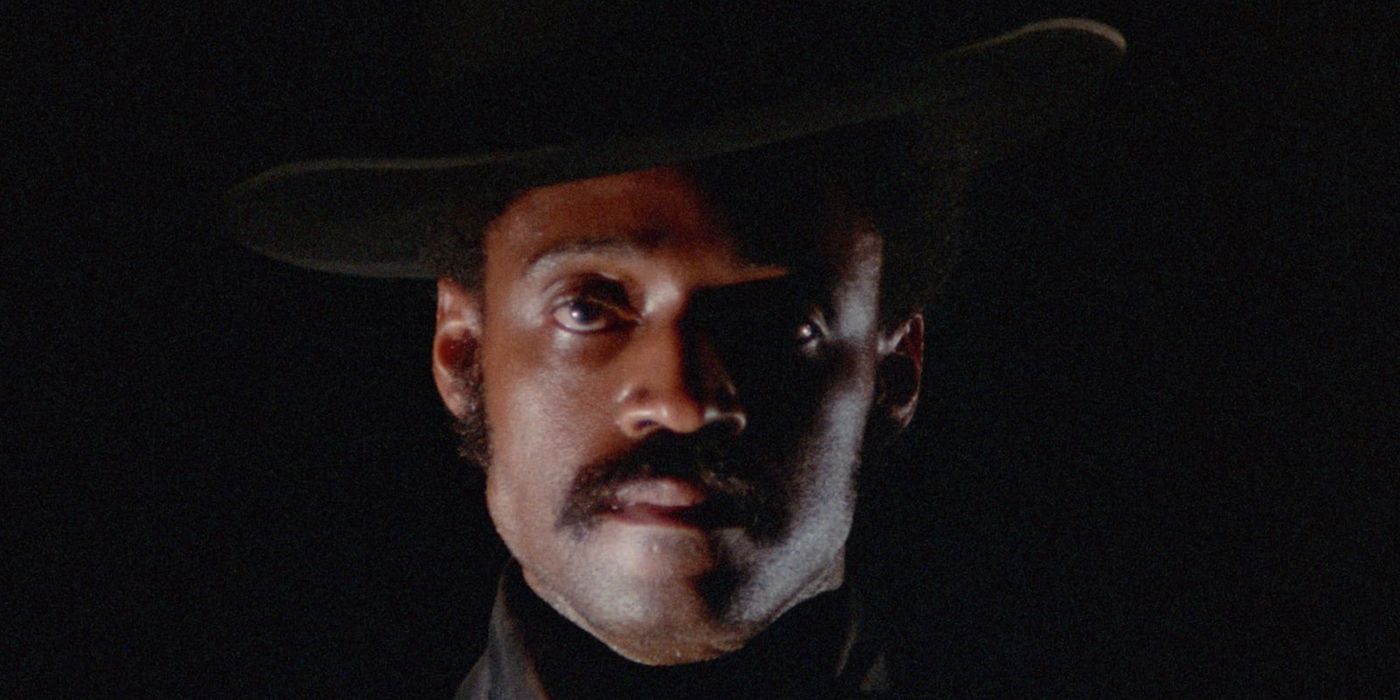
When studios are too afraid to finance a film, some filmmakers just do it themselves. That’s what influential director Melvin Van Peebles did. Much like Romero, Van Peebles shot his Black power action movie Sweet Sweetback’s Baadasssss Song on a low budget with a small crew when the studios balked at the thought of bankrolling a film where a Black man raised in a brothel takes on tyrannical white cops.
Blaxploitation has a complicated history in Hollywood due to its perceived proliferation of harmful stereotypes while also providing prominent leading roles of power to Black actors and actresses who were otherwise shut out from the studio system. There are some that argue that Van Peebles’ film shouldn’t be included in the subgenre of films, but its cultural impact cannot be ignored. At a time when studios were reluctant to open their doors to any people of color, Van Peebles was kicking them down.
4
‘Fritz the Cat’ (1972)
Directed by Ralph Bakshi
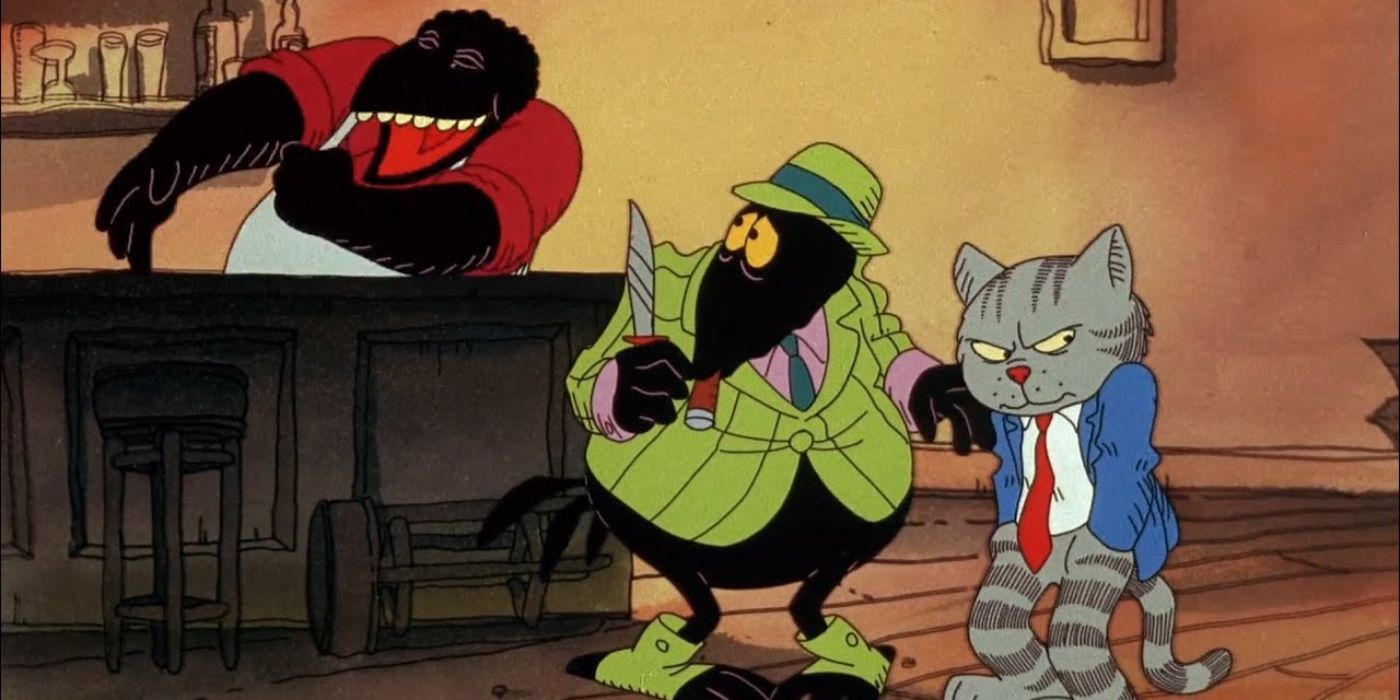
Animation for adults may currently be at the level of oversaturation with the dozens of shows and films marketed directly to the over eighteen demographic, but in the 1970s, the exact opposite was true, with the medium seen strictly as child’s play. Enter animation provocateur Ralph Bakshi, who broke into the industry with the X-rated Fritz the Cat. Based on the underground comic of the same name by Robert Crumb, Bakshi’s rude, crude film broke all kinds of rules of good taste with its gratuitous depictions of sex, violence, and drug use among its anthropomorphic animal cast.
While other animated films featuring more adult content had been previously produced in other countries, such as Japan, Bakshi’s film was far more prominent and successful. It set the stage for many more films of its ilk, including a lesser sequel and several more controversial films by Bakshi himself. All the director’s films have gained cult followings, and while his transgressive directorial debut may excessively revel in its bad behavior and engage in stereotypes, there is no denying that it follows its own rules.
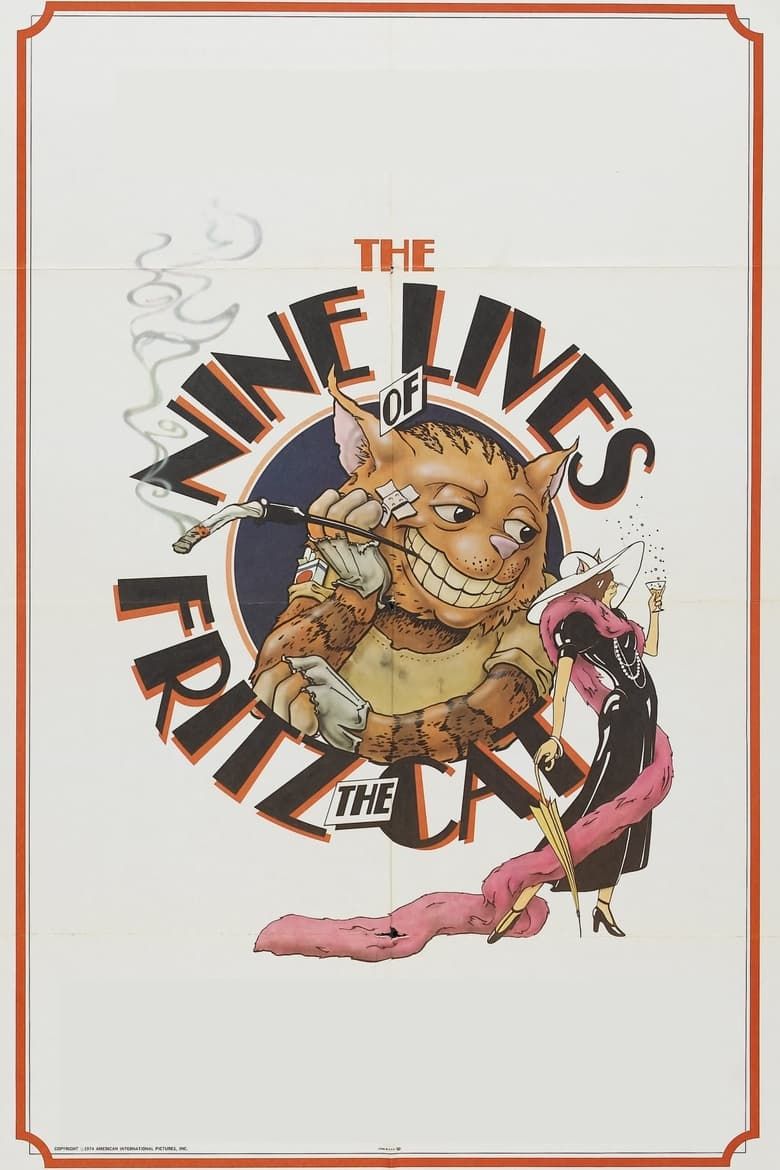
The Nine Lives of Fritz the Cat
- Release Date
-
September 18, 1974
- Runtime
-
77 minutes
- Director
-
Robert Taylor
3
‘Funny Games’ (1997)
Directed by Michael Haneke

Breaking the fourth wall is the term used to describe when a character in a film acknowledges the existence of the audience (and the world at large) outside the confines of the screen. It’s a technique that has been well-used and abused, often in the service of comedy by the likes of Mel Brooks and popularized in the Deadpool films. Despite its title, Michael Haneke‘s Funny Games is far from a comedy, and it doesn’t just break the fourth wall; it shatters it into a thousand tiny pieces.
A stark, violent, and unrelenting home invasion thriller, Haneke uses the fourth wall breaks as a critique of violence in the media and the audience’s complicity in it. It is as purposeful as it is unsettling, making viewers unwitting participants in the torture inflicted upon a family by two young men. Funny Games plays with the conventions of story and genre film, refusing to ever let the audience off easy in its march towards a nihilistic ending. It’s a hard watch, made even harder when its killers look right into the eyes of the audience.
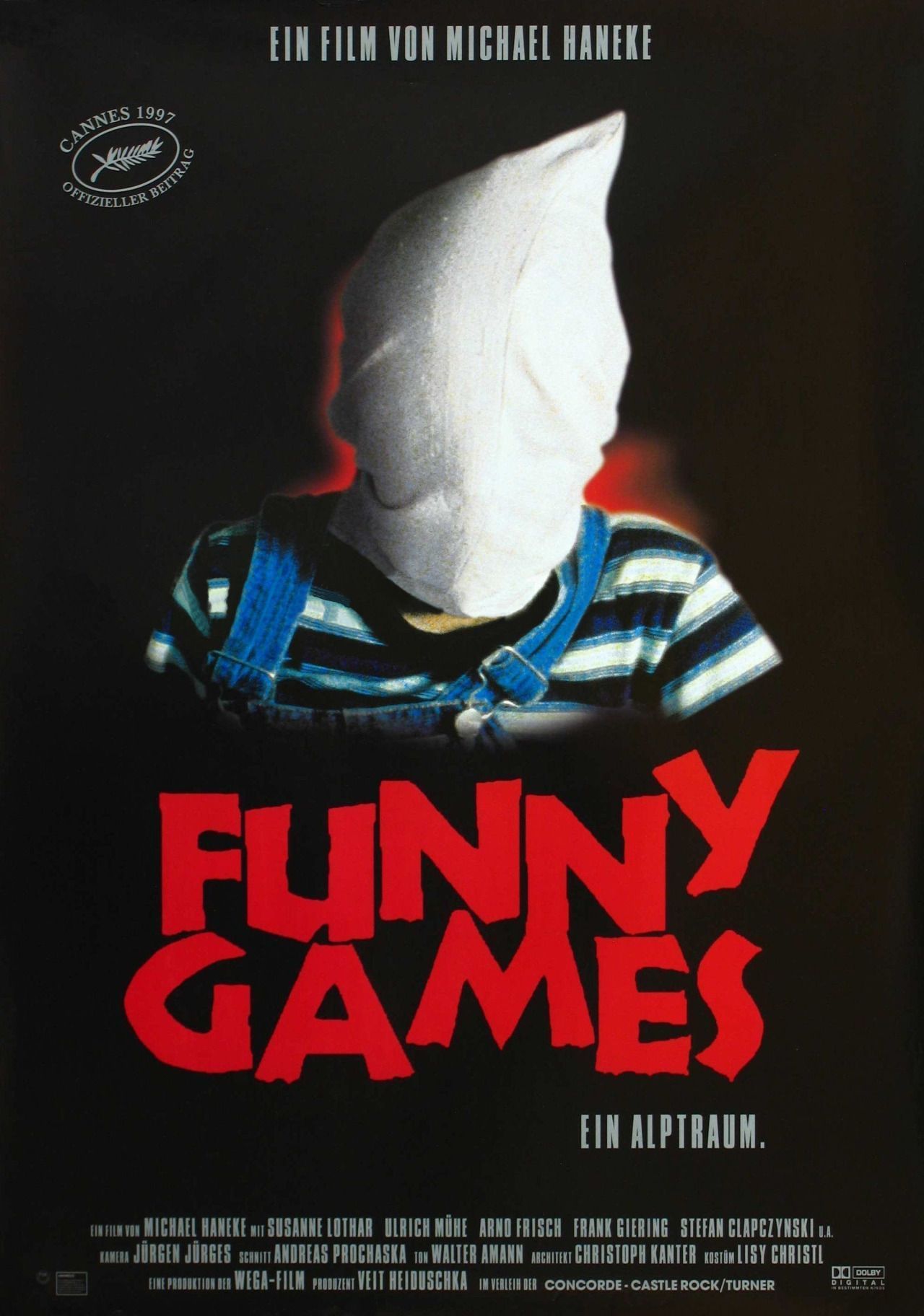
Funny Games
- Release Date
-
September 11, 1997
- Runtime
-
108 Minutes
2
‘Boyhood’ (2014)
Directed by Richard Linklater
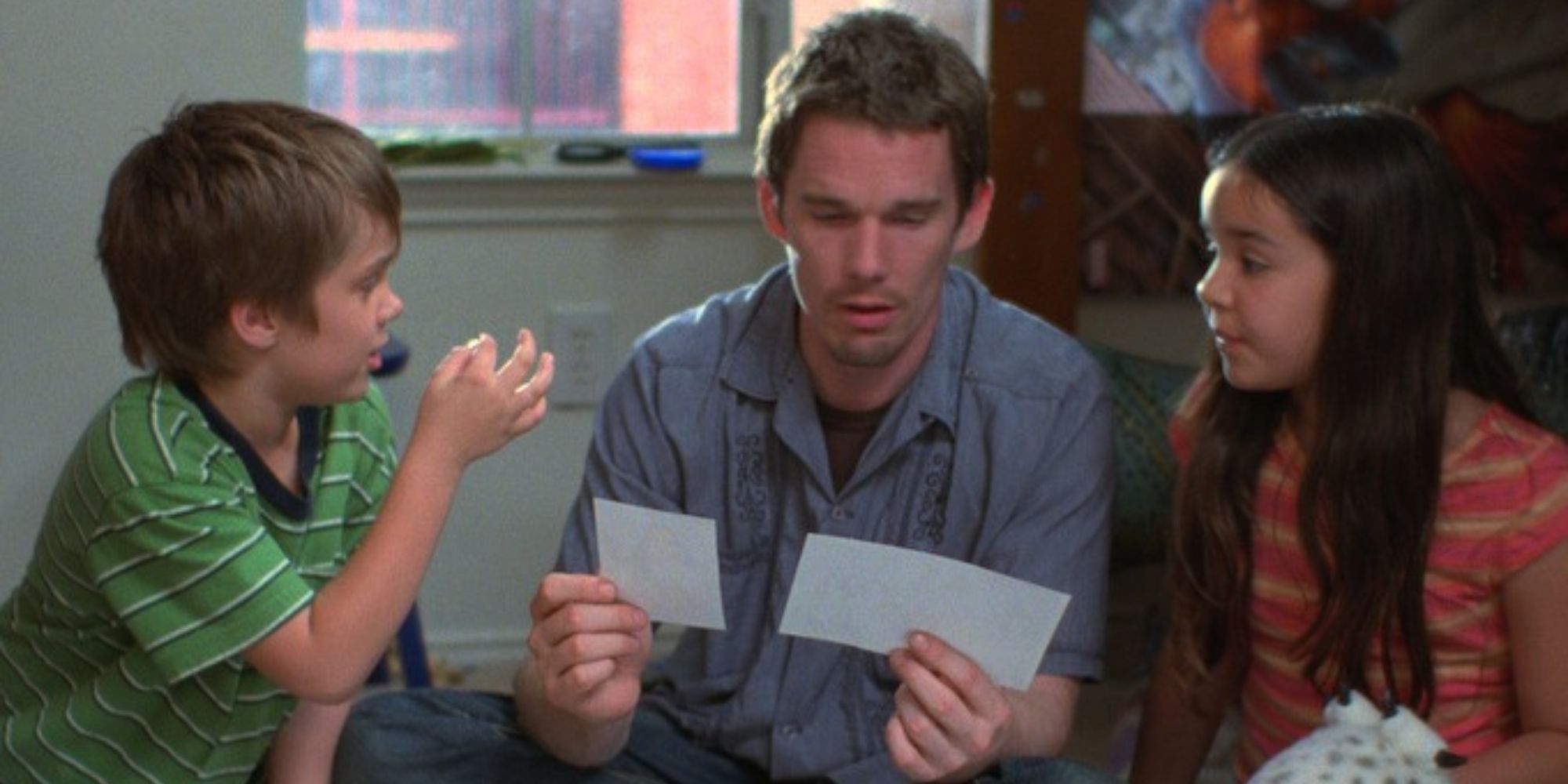
Due to the simple realities of film production, most coming-of-age films will either depict only a small portion of their characters’ lives or will rely on other methods of movie magic such as make-up or visual effects to track the progress of time. Those techniques weren’t good enough for Richard Linklater, who decided to depict the coming-of-age in his award-winning film Boyhood with the inventive gimmick of reality. Tracking lead character Mason as he grows from a child to a teen, Linklater shot his film over eleven years, allowing his actors to age in real time and incorporating organic changes into his story.
Boyhood is as epic as it is intimate, and the unorthodox methods lend an emotional authenticity to the story. Watching the actors authentically age throughout the film makes them feel more flesh and blood than any movie magic ever could, and the dedication required from all parties involved in order to finish the film makes it all the more special and rare. Linklater is already in production on his next attempt to create a film over an extended period, with his adaptation of Merrily We Roll Along set to wrap production in twenty years.
1
‘The People’s Joker’ (2022)
Directed by Vera Drew
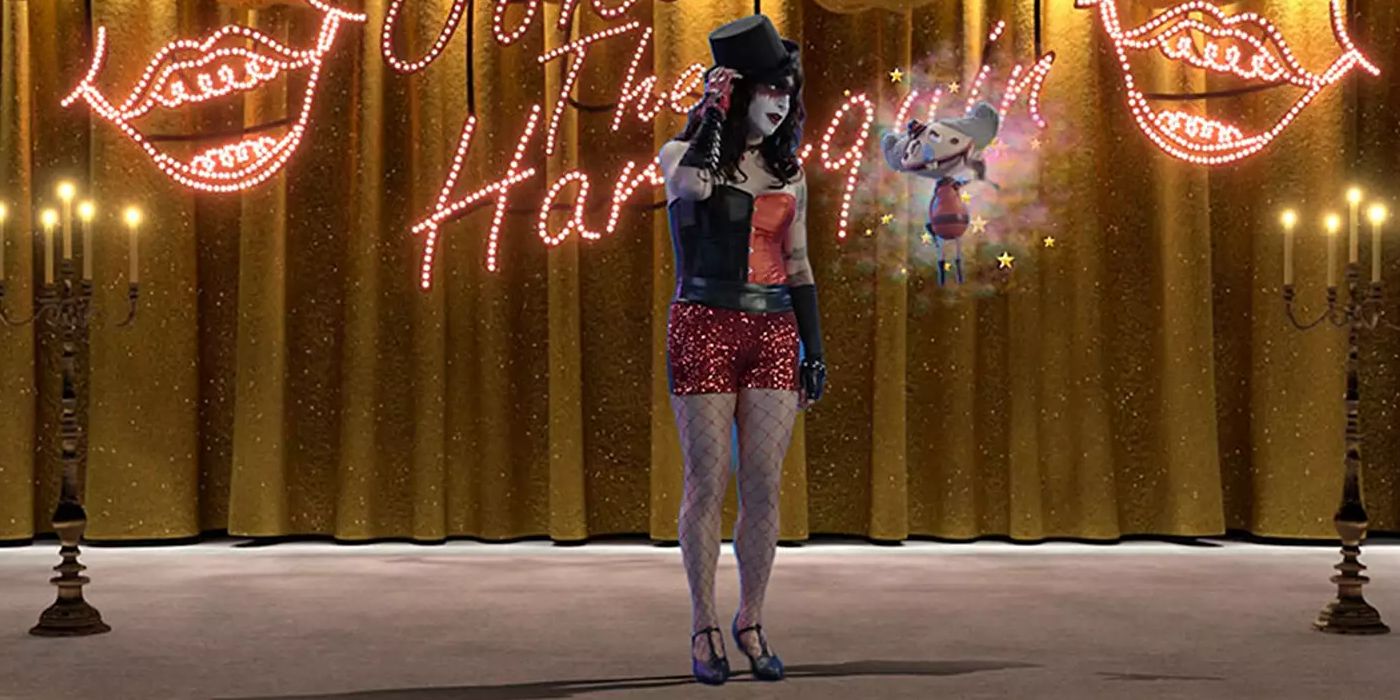
Not content to break just the unwritten rules of movies, filmmaker Vera Drew also took a swing at copyright laws with her ambitious parody film The People’s Joker, which features a trans-female interpretation of the iconic Batman villain and also drew the ire of Warner Bros., who insisted the film be pulled after a single festival screening over copyright infringement claims. Citing fair use of the trademarked characters through parody, the film eventually did get proper distribution, and thank the movie gods it did, since it’s the most interesting use of the clown character on film since Heath Ledger‘s Oscar-winning performance.
Less a villain origin story and more a queer coming-of-age tale, the film follows its protagonist as she struggles to become a comedian, and with her gender identity, under the bright lights of Gotham City. Wildly irreverent and pointedly satirical, Drew’s film is a wickedly funny comic book parody with an authentically trans point of view. Neither of those aspects ever overwhelms the other, and instead, they coalesce into the most fittingly original superhero movie in years that breaks rules while every so slightly bending the law.
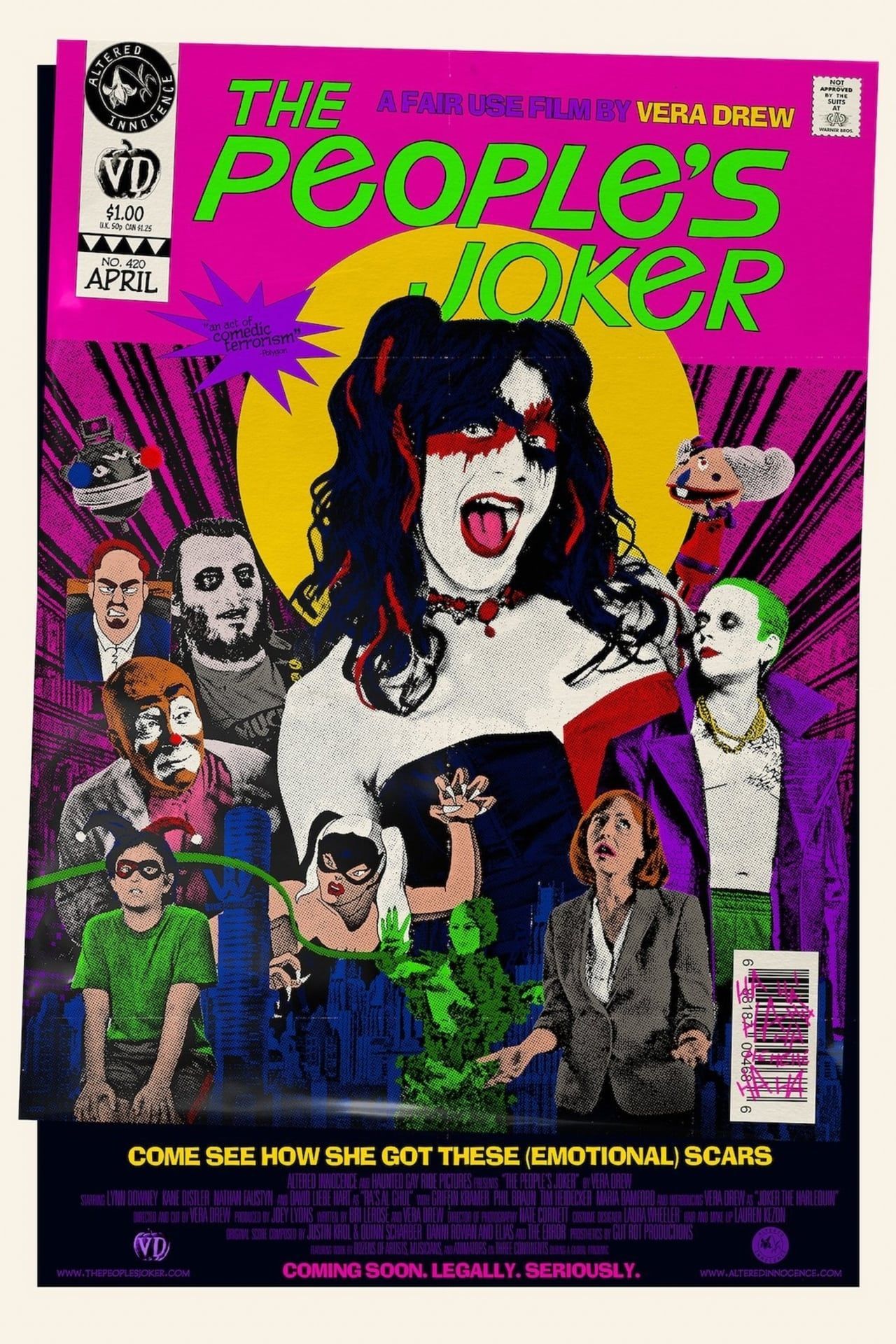
The People’s Joker
- Release Date
-
September 13, 2022
- Director
-
Vera Drew
- Writers
-
Bri LeRose, Vera Drew
NEXT: The 10 Worst Movies by 10 Great Directors

